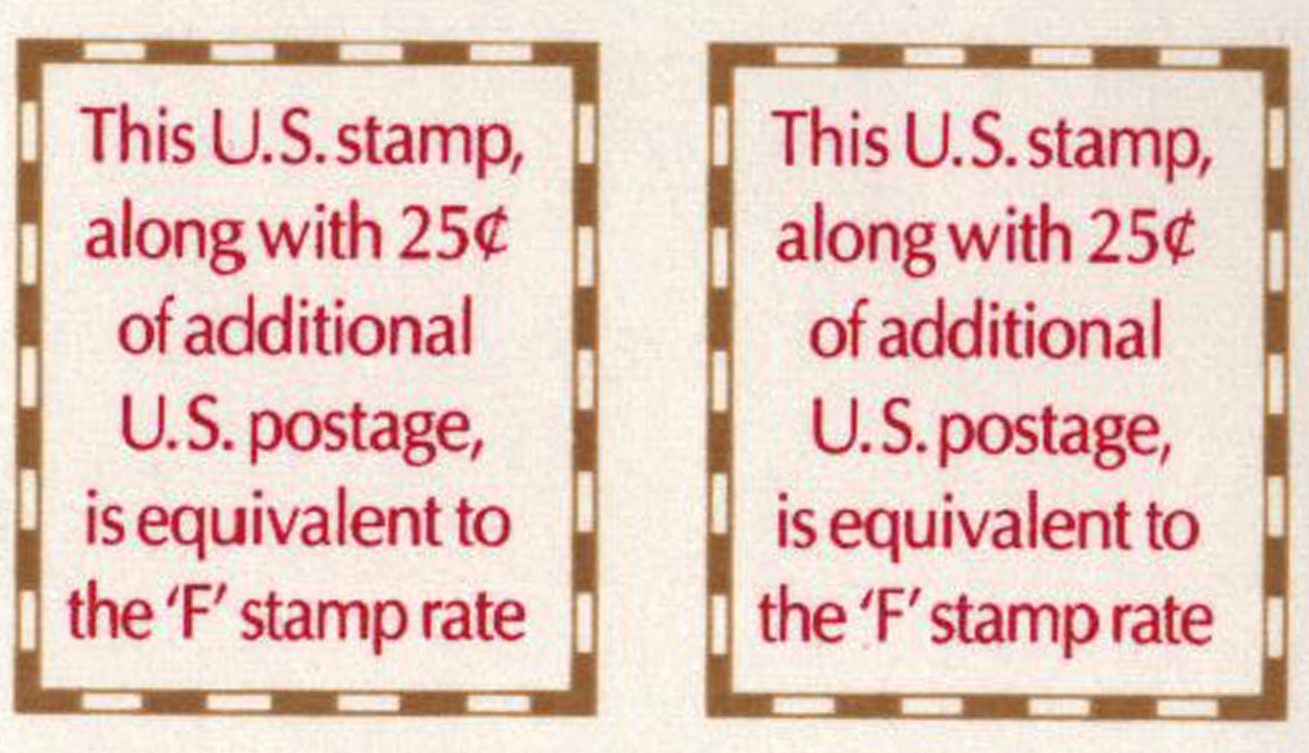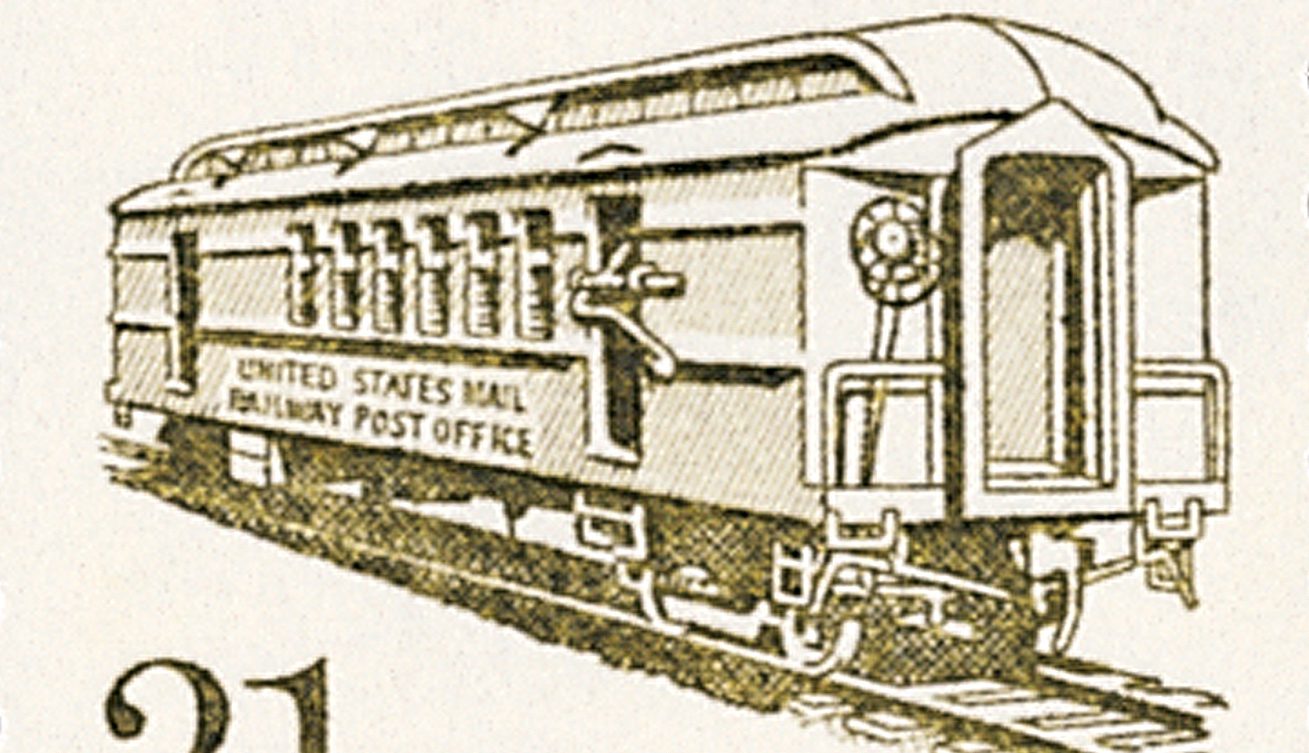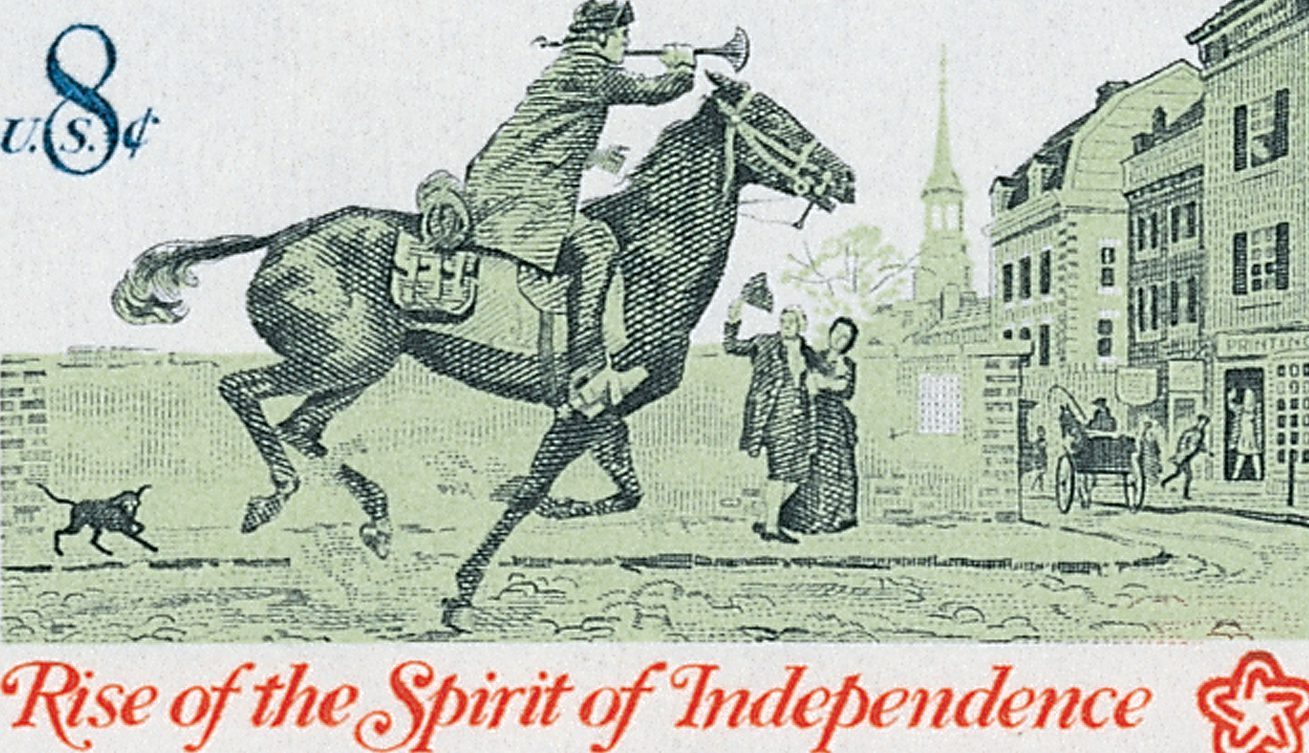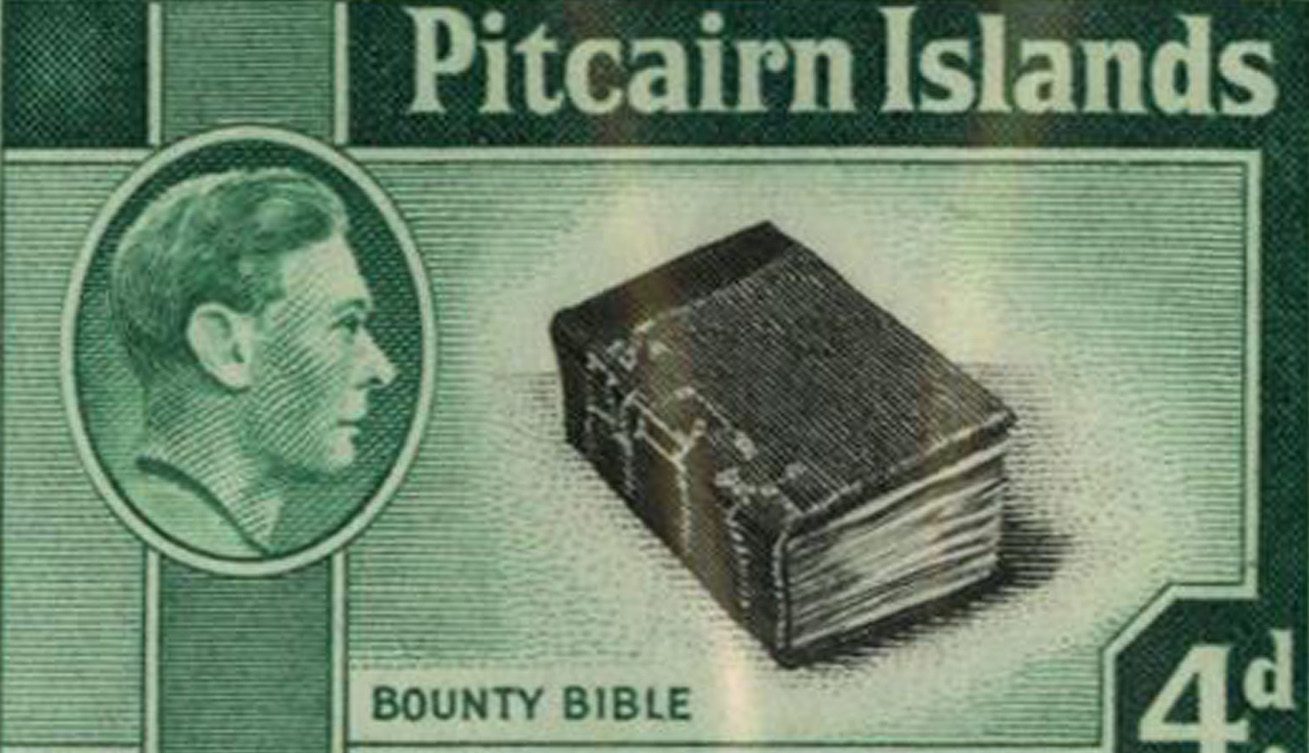The 1991 Make-Up Rate Stamp
On January 22, 1991, the USPS issued a 4¢ stamp to “make-up” the difference between the old 25¢ rate and the new 29¢ rate. While it was criticized for its lack of design, was the first non-denominated stamp of its kind.

On January 22, 1991, the USPS issued a 4¢ stamp to “make-up” the difference between the old 25¢ rate and the new 29¢ rate. While it was criticized for its lack of design, was the first non-denominated stamp of its kind.

On January 9, 1793, Jean-Pierre Blanchard carried the first letter by hot air balloon in America. The letter came from President George Washington, an avid balloon enthusiast.

On January 1, 1893, the majority the Columbian stamps were first placed on sale in large cities. The Columbians are some of America’s most famous and sought-after stamps, and are considered the first US commemorative stamps.

Sir Rowland Hill was born on December 3, 1795, in Kidderminster, England. Hill revolutionized the postal system by establishing a uniform minimum price of one penny, leading to the creation of the first postage stamp.

On December 1, 1911, the US Post Office Department issued its first and only Registration stamp. It was used for the prepayment of registry fees, but was often misused and only remained in use for less than two years.

On November 13, 1989, the 20th Universal Postal Union Congress opened in Washington, DC. It was the first time the Congress convened in the US since 1897.

On November 7, 1921, President Warren G. Harding ordered 2,200 Marines to guard the mail in the wake of a series of daring mail robberies.

On November 5, 1639, Richard Fairbanks was made the first official postmaster in an American colony. Many consider this to be the first public postal service in America.

On October 15, 1940, the Pitcairn Islands Post Office opened, issuing the colony’s first stamps. These stamps were very popular with collectors and eventually helped support most of the colony’s budget.